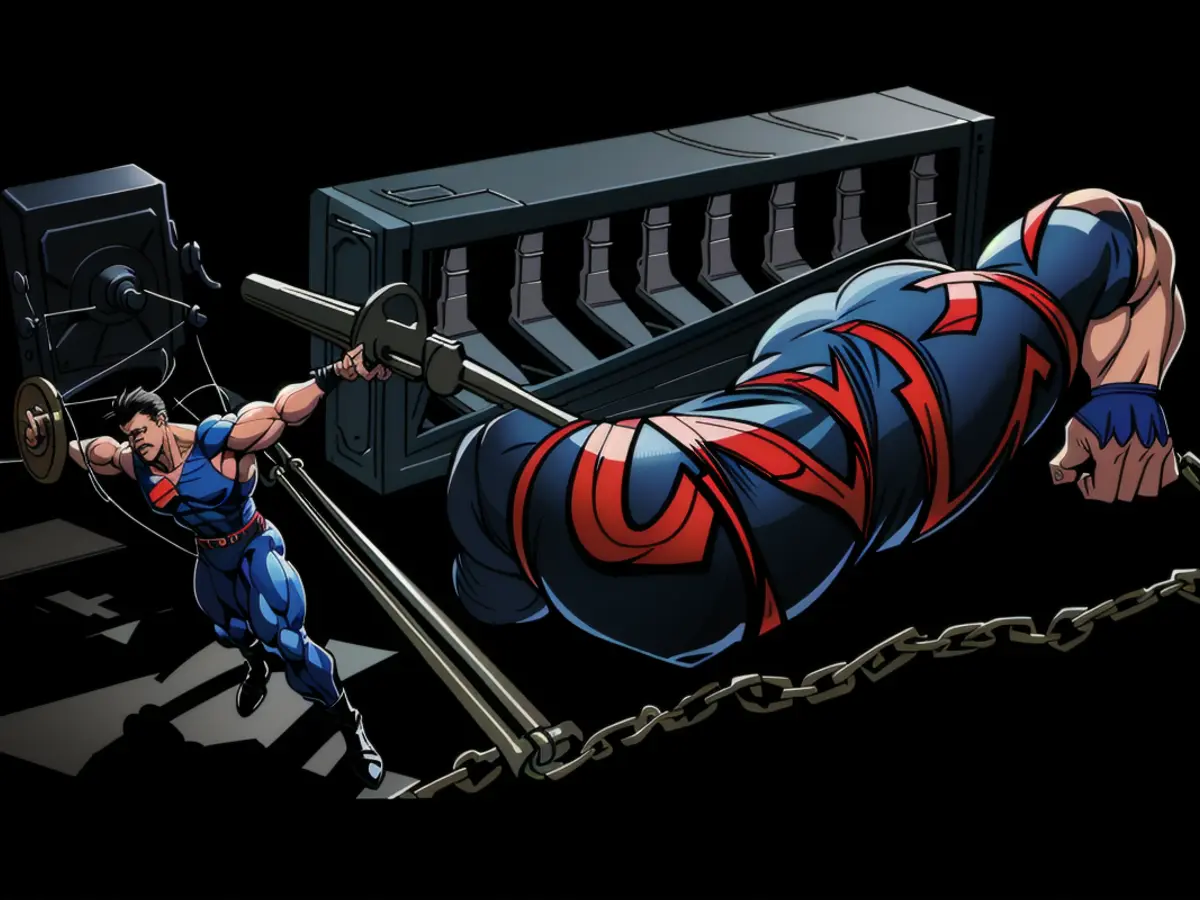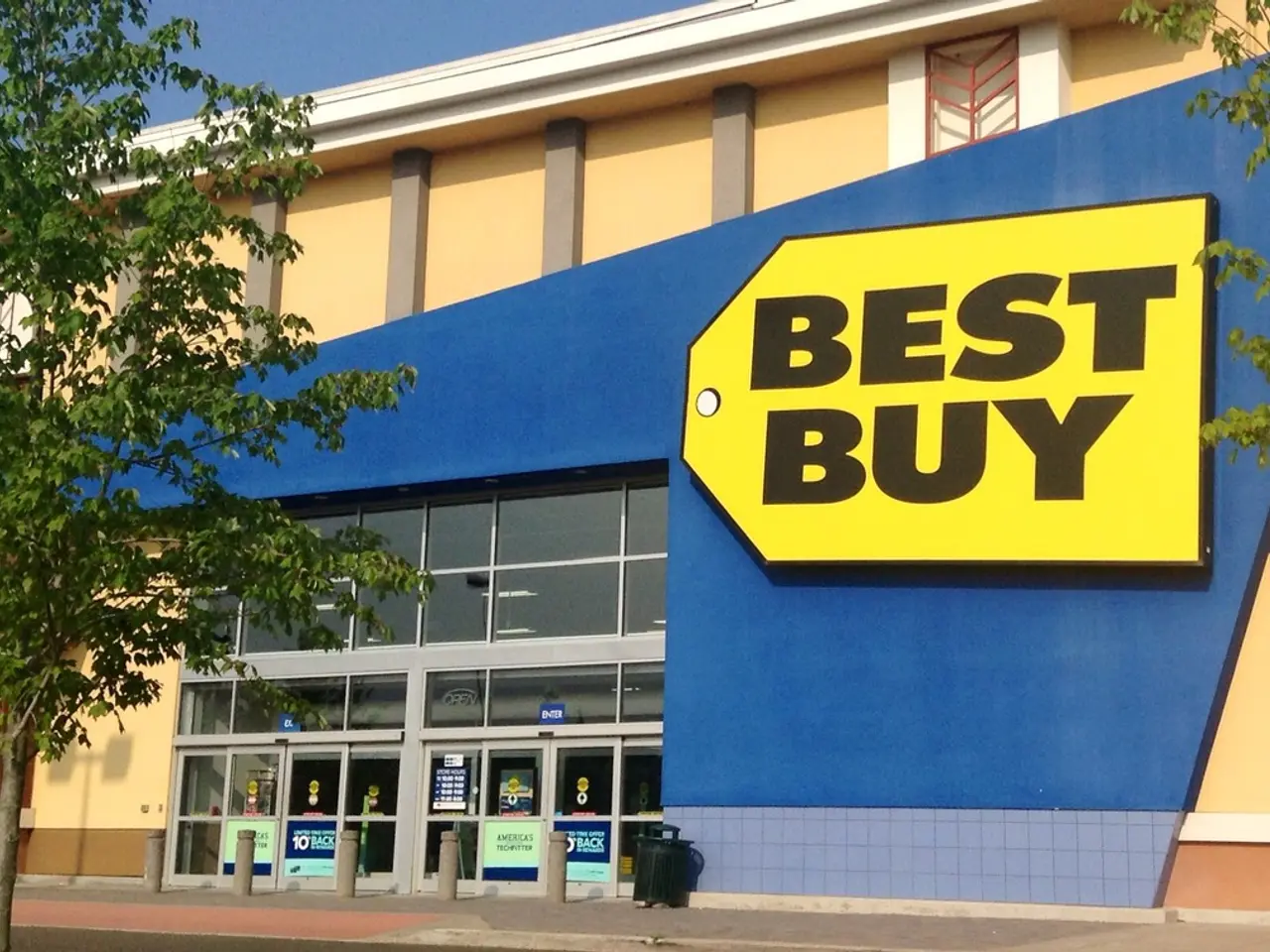The Great USL Shake-up: Implications of Promotion and Relegation in American Soccer
The Significance Behind USL's Implementation of Promotion and Relegation System
Tuesday evening saw Paul Tenorio of The Athletic reporting a monumental shift for American soccer: United Soccer Leagues (USL) owners voted to introduce a promotion and relegation system into their league structure, marking the first time a U.S. soccer league embraces an open pyramid system akin to many foreign countries. By Wednesday, the USL officially confirmed the news.
The announcement comes hot on the heels of USL's February announcement to launch a Division One league looking to rival Major League Soccer (MLS) and secure the same top-flight sanctioning from the United States Soccer Federation (USSF).
The new league and its promotion and relegation structure are tentatively set for 2027 or 2028. This move has resonated deeply with a vocal segment of soccer fans, who have long advocated for MLS's single-entity structure to be replaced with a more competitive system.
Yet, the full impact of USL's pro-rel push isn't entirely clear, with several questions arising.
Authenticity, Loyalty, and the New Fanbase
As the largest operator of a second- and third-tier pro men's soccer league, USL has consistently positioned itself as a more grassroots alternative to MLS's somewhat corporate façade. Embracing a pyramid system further solidifies this stance, aiming to elevate its status from minor league to major league. However, it may also undermine MLS's argument against promotion and relegation by creating an even more difficult obstacle for clubs to climb towards the top-flight league.
While many American soccer fans draw parallels between the Premier League and MLS when choosing not to support the latter, research shows that followership of lower-placed English clubs is relatively low among American fans. The appeal of climbing the pyramid within the USL remains questionable, as it may even bolster MLS's position in shaping the future of American professional soccer.
USSF Sanctions and the New League's Future
Ultimately, USSF holds the ultimate power to determine whether the USL's Division One league will receive Division 1 sanctioning. Such sanctioning is contingent on meeting several requirements, such as a 12-team minimum in the inaugural year, clubs located in Eastern, Central, and Pacific Time Zones, and 75% of clubs in metro areas of 1 million people or more.
With promotion and relegation potentially altering the league makeup each season, the USSF might express concerns regarding the consistency of meeting these standards and, in the worst-case scenario, may prevent the sanctioning of the USL's project.
Expansion and a New Landscape
In the past, the USL worked closely with club ownership to determine the appropriate tier for new teams based on market suitability. The introduction of pro-rel could complicate matters, as new teams would have to aim for promotion from the bottom of the three-tier system.
This possibility may deter potential future market owners, especially if MLS resumes expansion and provides a more direct route to a top-tier league. On the other hand, some investors might find the prospect of growing organically through on-field success more appealing versus incurring immediate, first-division-level expenses.
As the USL continues its push towards implementation, the landscape of American soccer shows signs of transformation. This shift in league structure presents both challenges and opportunities, with the final impact yet to be fully realized.
- The Earthquakes, as a USL club, could potentially face a doubles promotion if the Division One league is successful in securing USSF sanctioning and implementing a pro/rel system.
- If the new USL Division One league manages to secure top-flight sanctioning from the United States Soccer Federation (USSF), it may lead to a shift in club loyalties as fans might choose to follow their favorite teams through the promotions and relegations within the USL pyramid.
- The introduction of a promotion and relegation system in the USL could have significant ramifications for the entire American soccer landscape, potentially making it more challenging for new teams to enter the league, especially in light of MLS's ongoing expansion plans.







